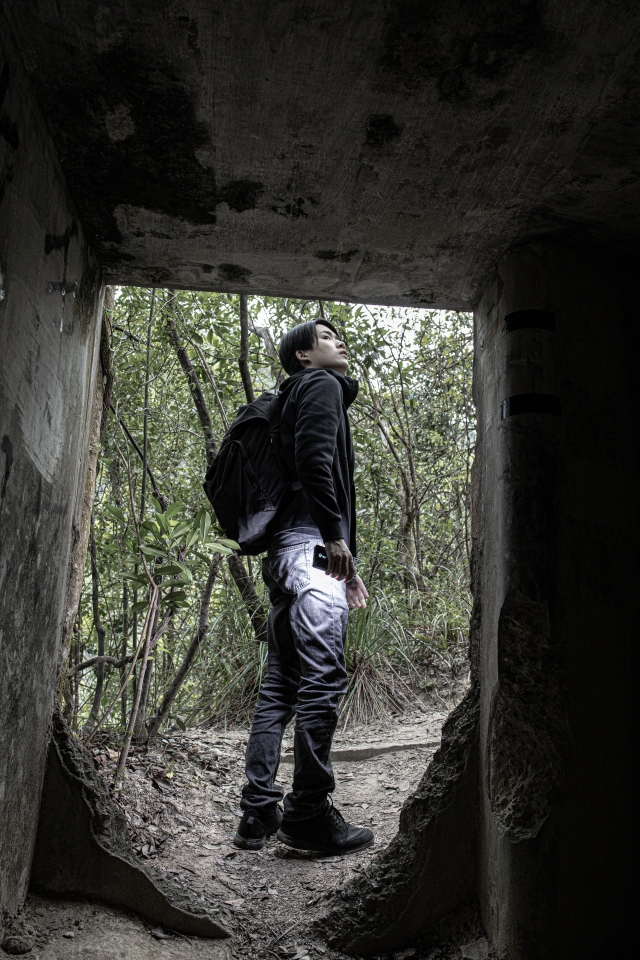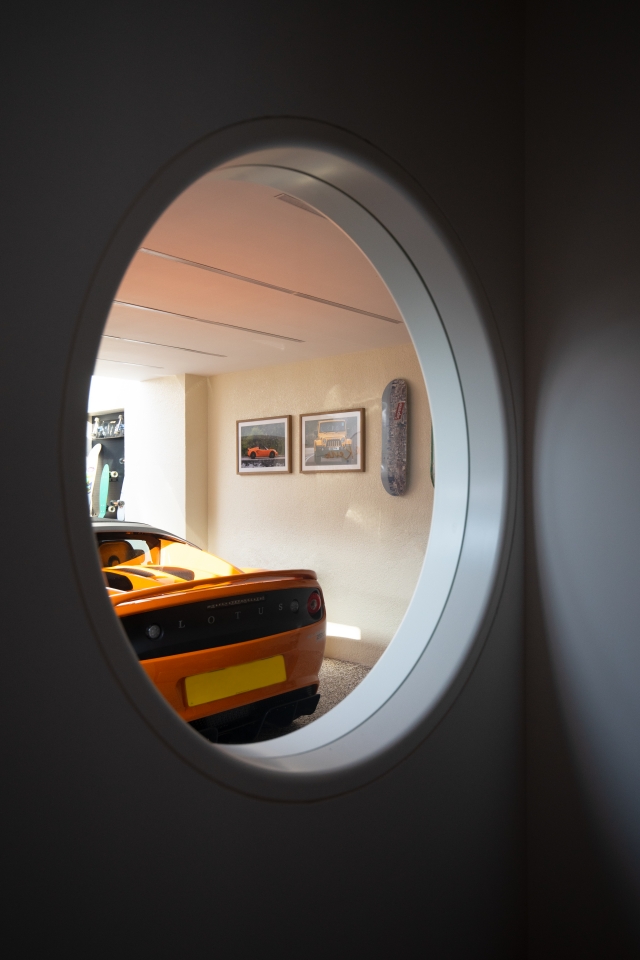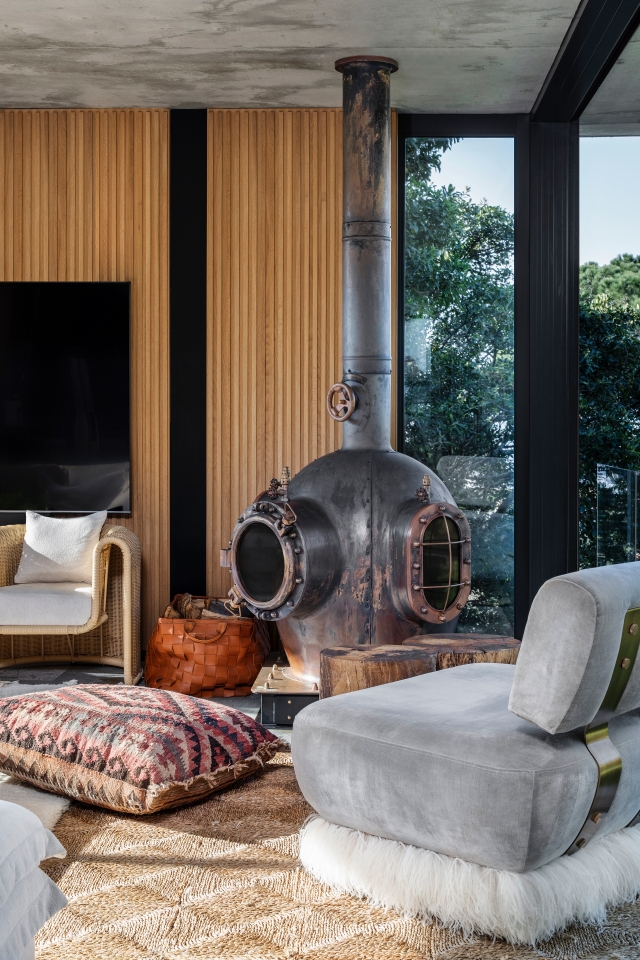… )(
of, a clearing
After seeing the above symbols with words, do you momentarily stop, re-read it and try to make sense of this mysterious expression?
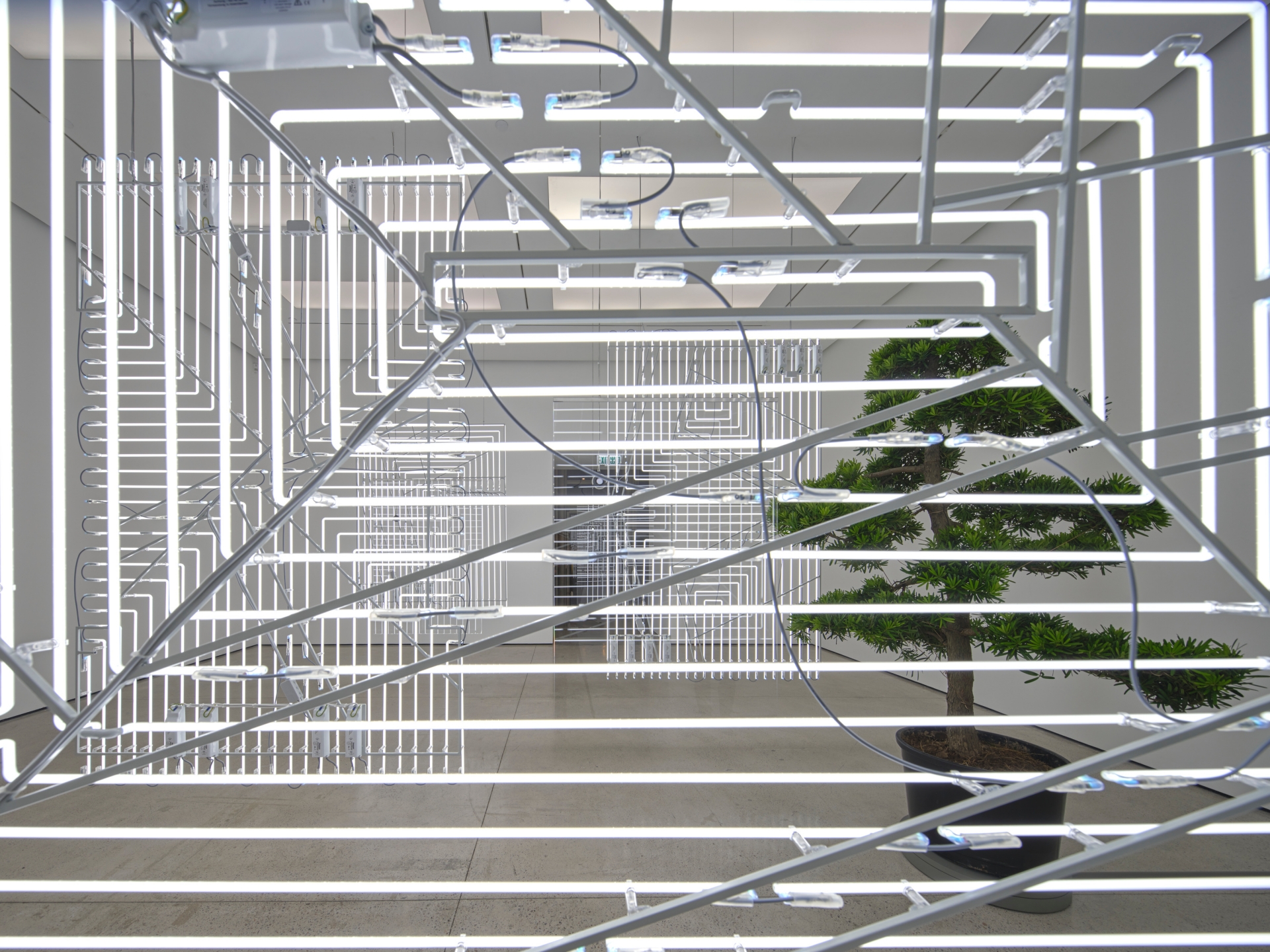
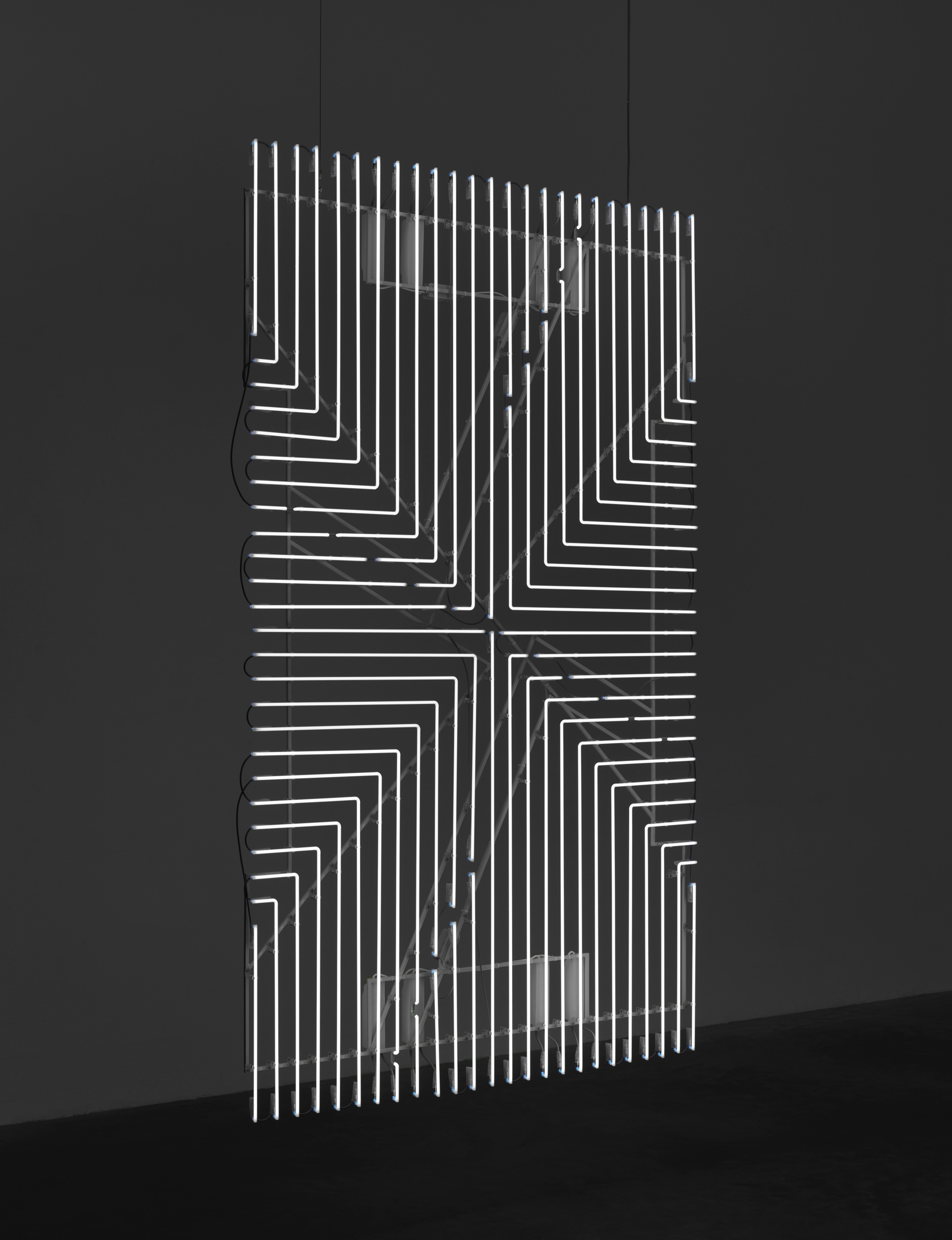
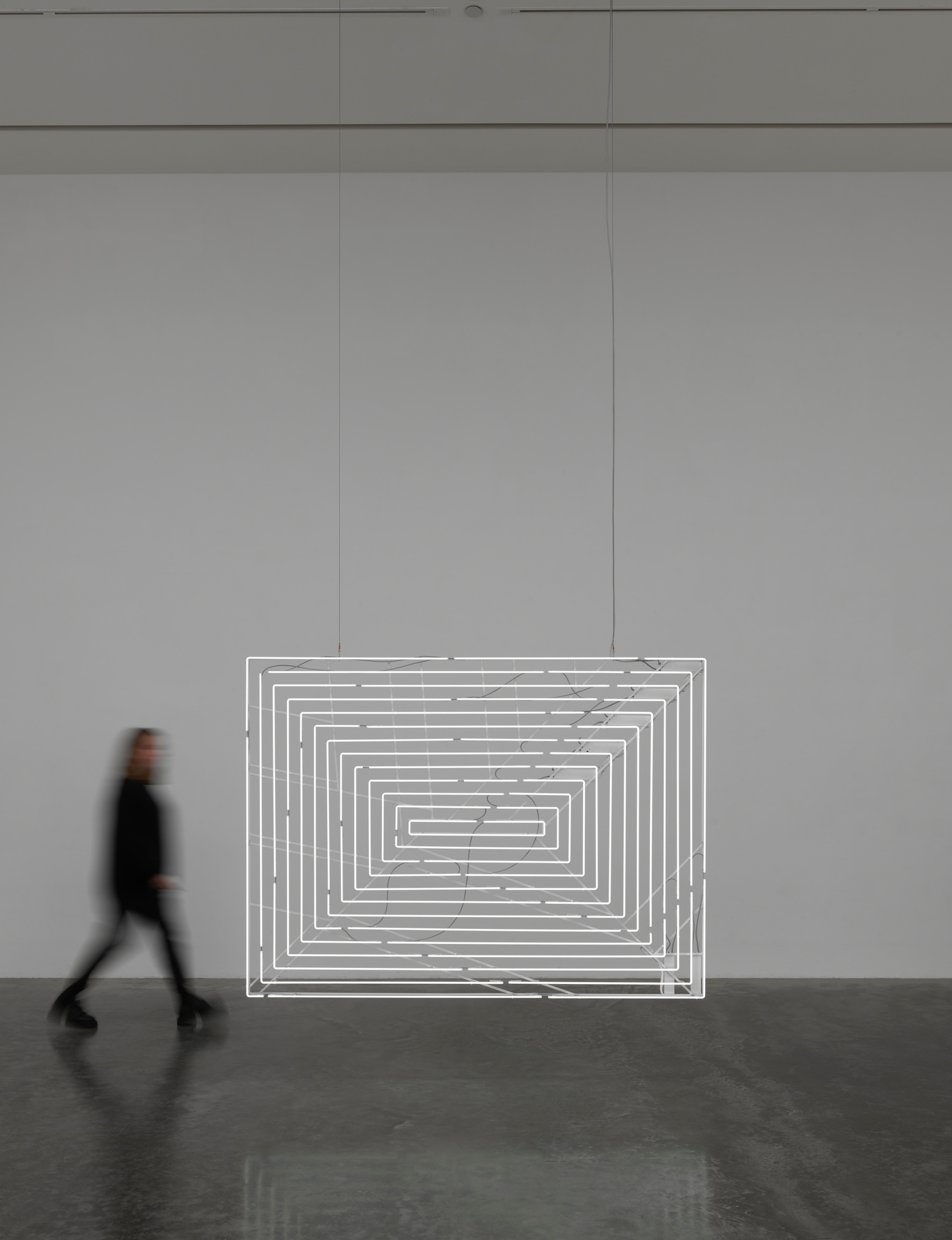
For contemporary Welsh artist Cerith Wyn Evans's exhibition at White Cube Hong Kong, (running until 12 March) he has borne this in mind, showcasing a diverse range of new installations, sculptures, paintings and sound works to reflect how he conveys ideas through form, practice and a detailed exploration of perception.
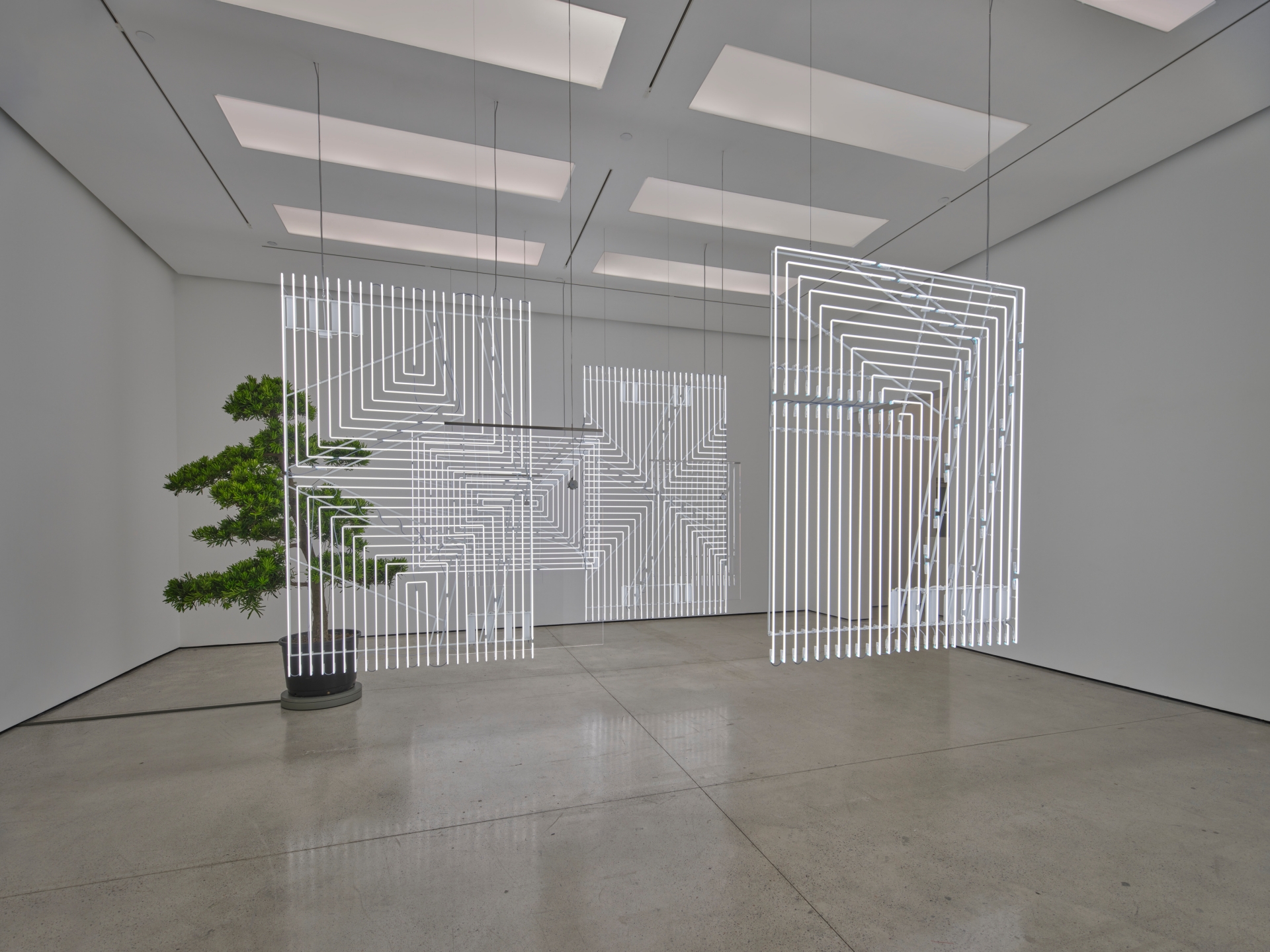
Evans, who has a different understanding of artistic presentation, expresses, “the plane of immanence is not a concept that is or can be thought but rather the image that thought gives itself, of what it means to think, to pause for thought, to find one’s bearing in thought. ...Apparently, the viewer is mirrored in the vanishing point, and thereby constructed through it... yet here, we encounter something unlike a picture, more a frequency in the shade, calling for a supernatural shift and a change of mind. A change which exceeds the actual ‘Natured nature’, equipped with the prosthesis of an abstract machine - an inhuman eye, subtracted at any cost, from the ‘visual atlas’ of common perception. The perceiving subject is stripped of its flesh to reveal a hallucinating automaton, which promptly takes leave of the space of representation and its mimetic and perspectival “point of view.” ...Meaning that the conditions of the pictorial, as such, might be rethought in the light of the visual.”
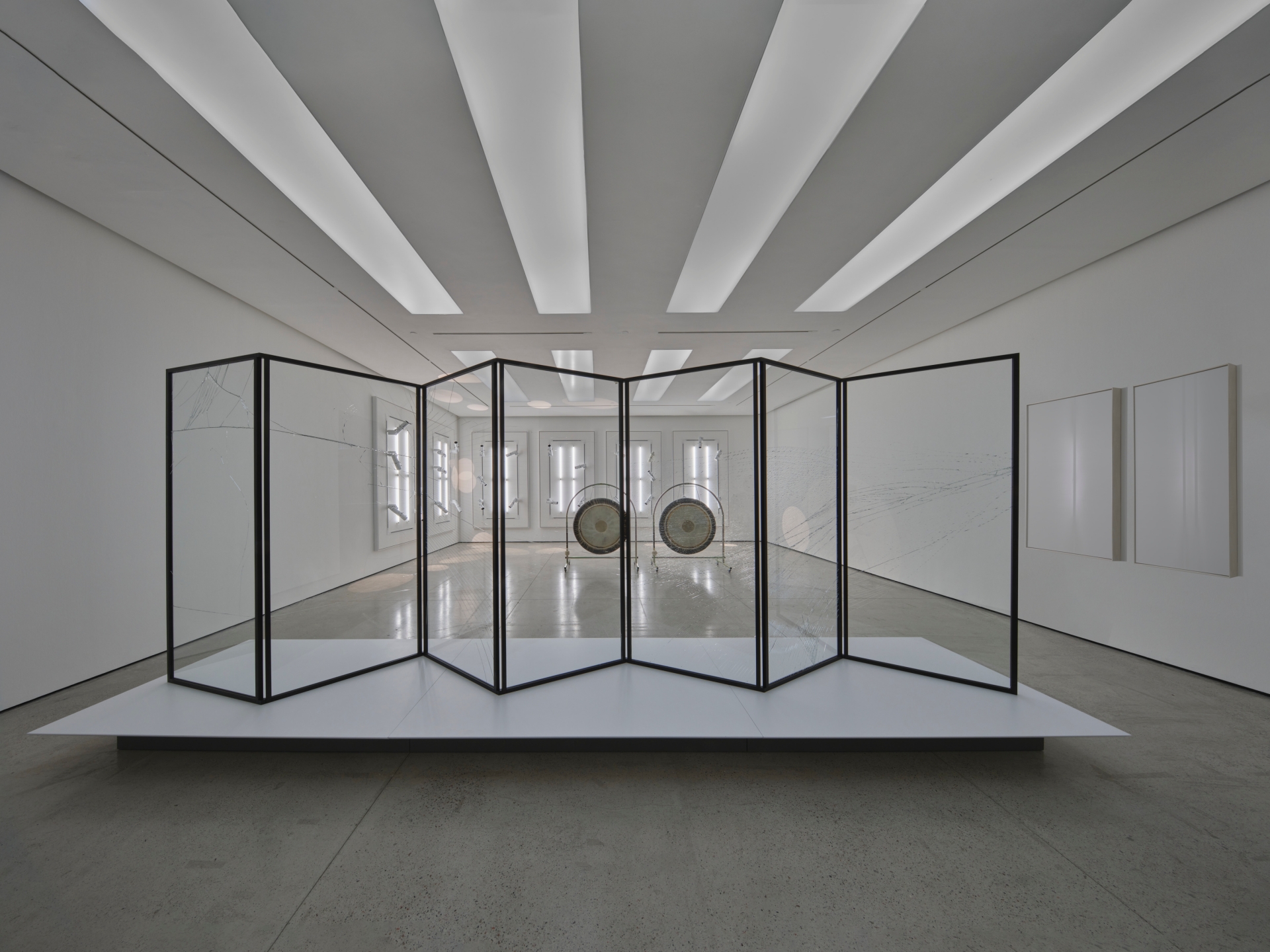

For this exhibition, the artist has conceived the gallery as a form of ‘vernacular temple’, a space for reflection where possibilities can ensue from interstitial spaces: from the shadows, vibrations, after-images and echoes that occur between and around the artworks. Drawing on several key moments of Modernism, themes of doubt and ambiguity combine with artistic strategies of reversal, disruption and deviation, to open up new realms of experience within the imaginary.
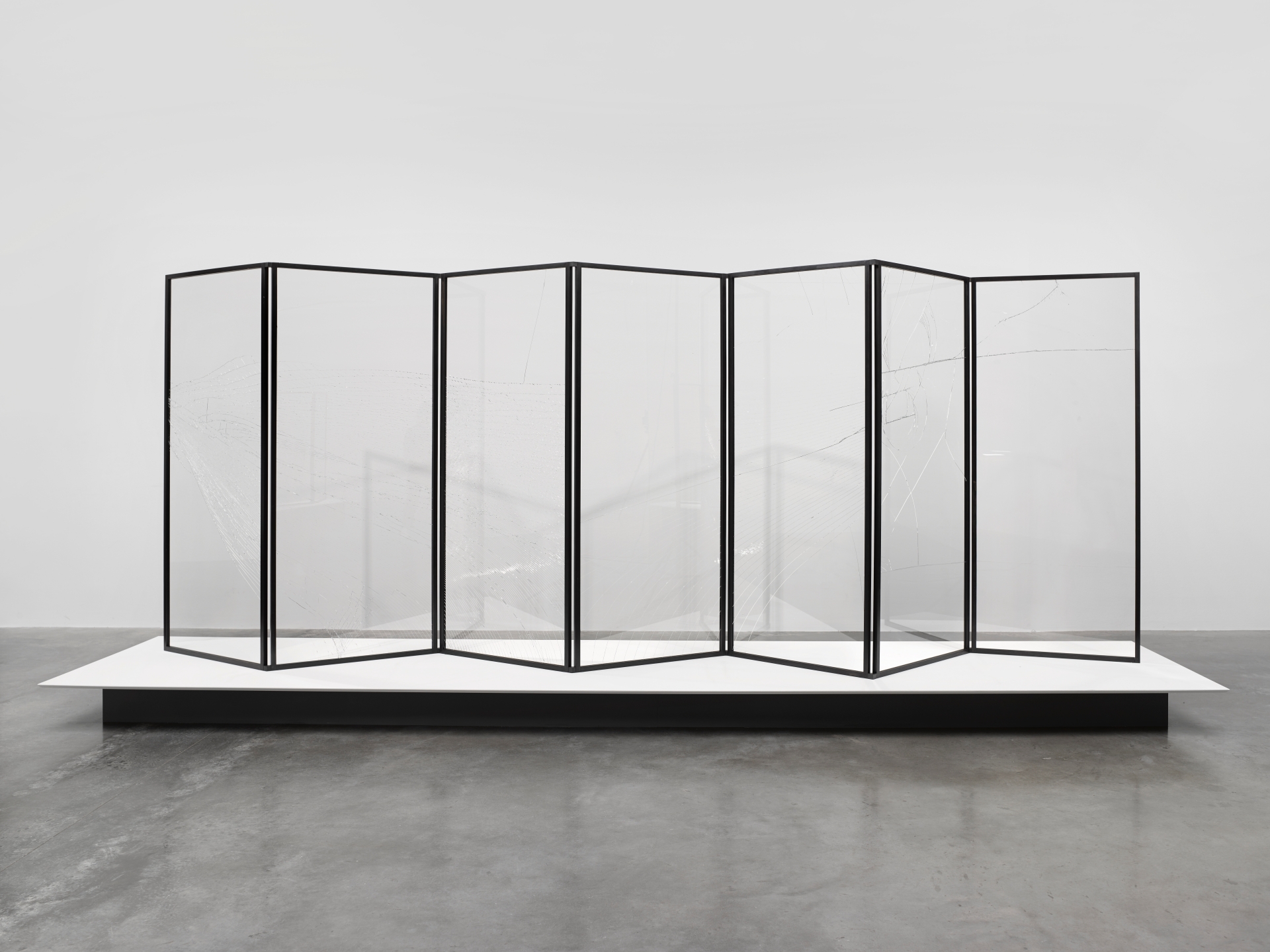
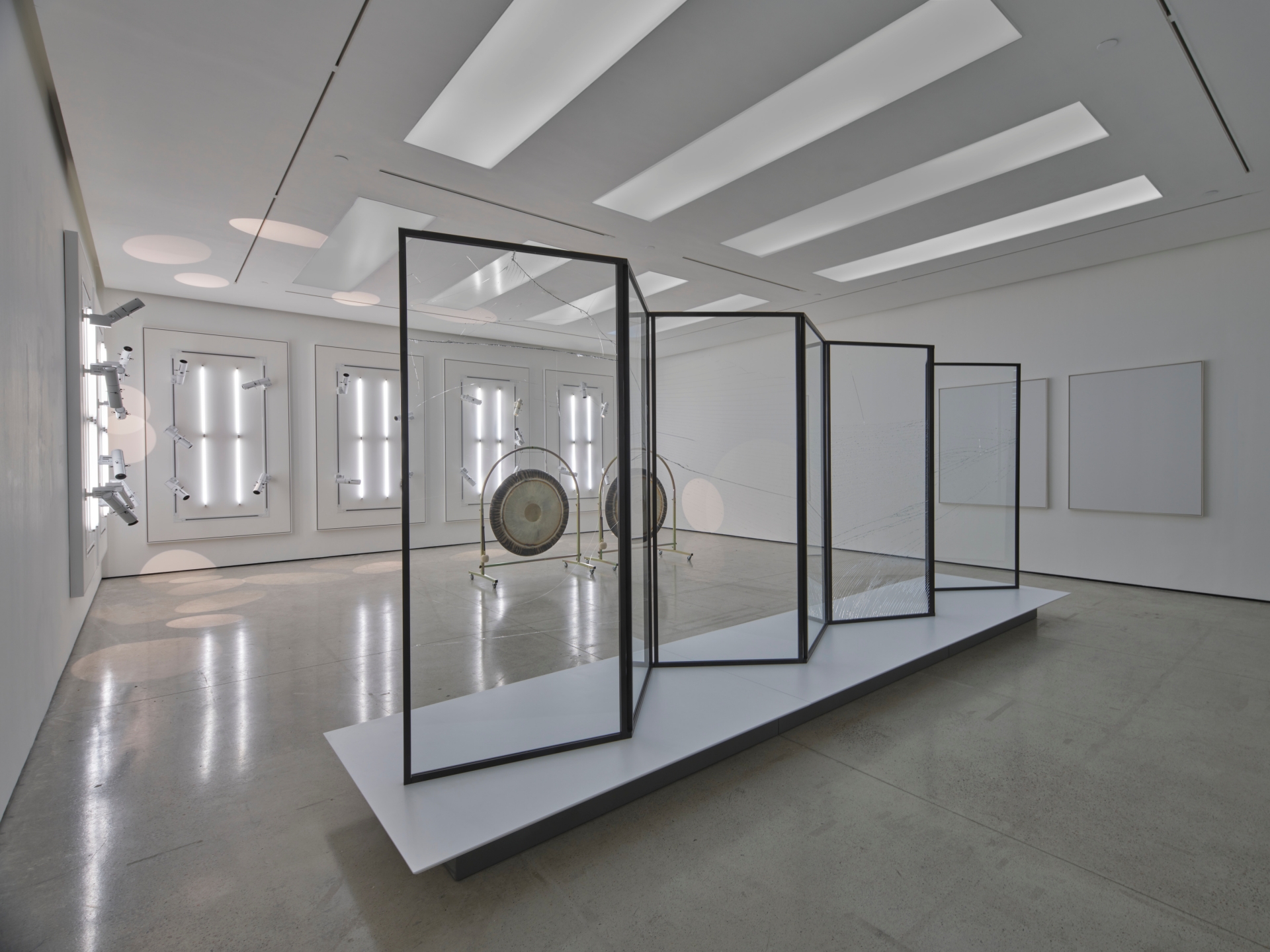
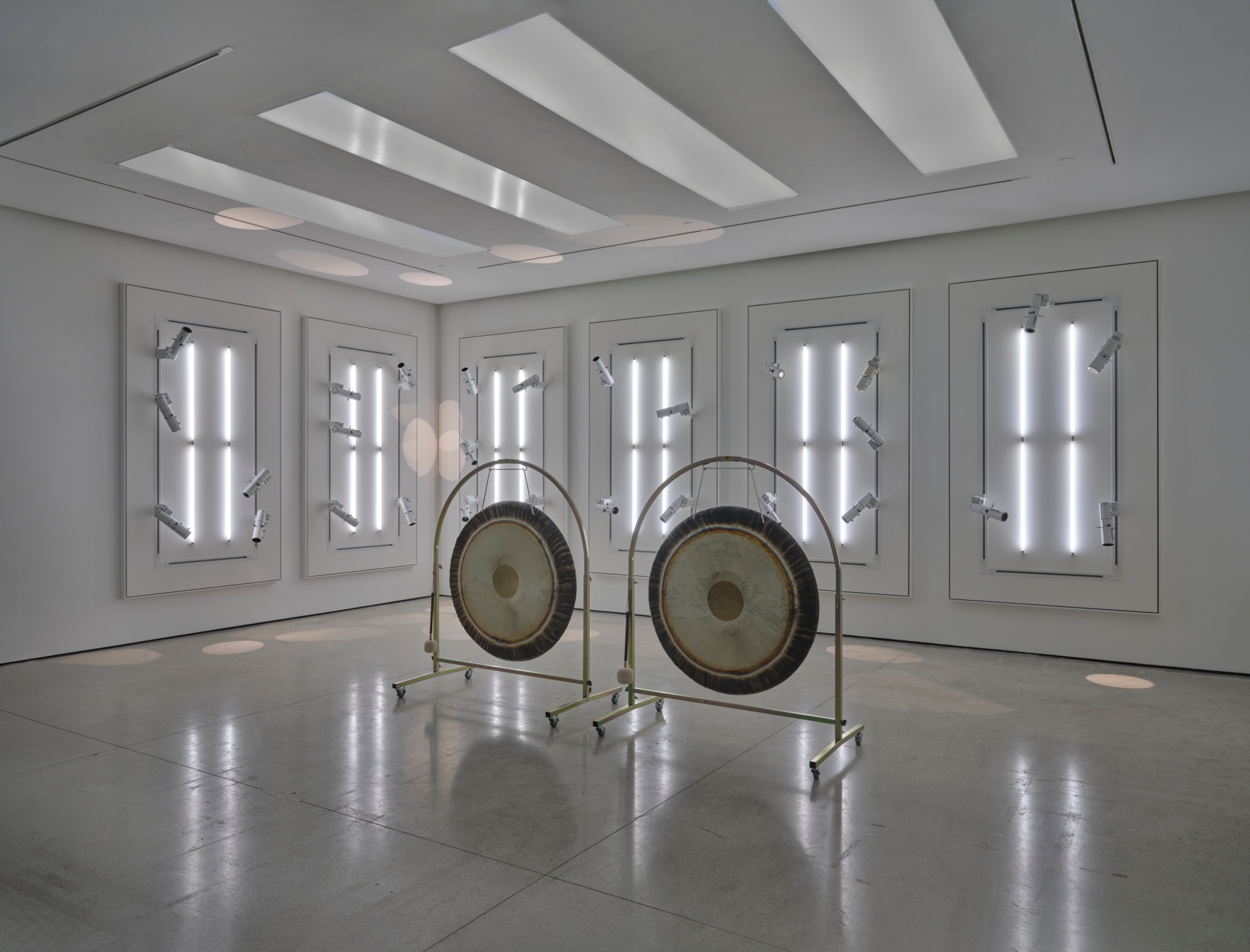
In the ground floor gallery, a new group of ‘After Stella’ neon sculptures take their point of reference from the iconic ‘Black Paintings’ (1959–60) of Frank Stella. Rectangular in shape, these suspended panels of graphic neon lines form semi-transparent ‘pictorial’ veils, through which other works in the exhibition are both obscured and revealed. Operating in a similar manner to the artist’s previous neon text works – in which poetic passages of writing are ‘transliterated’ into light – here the two-dimensional, ‘flat’ abstractions of Stella are re-conceived in three dimensions, in the material of commodification, urbanity and pop art.
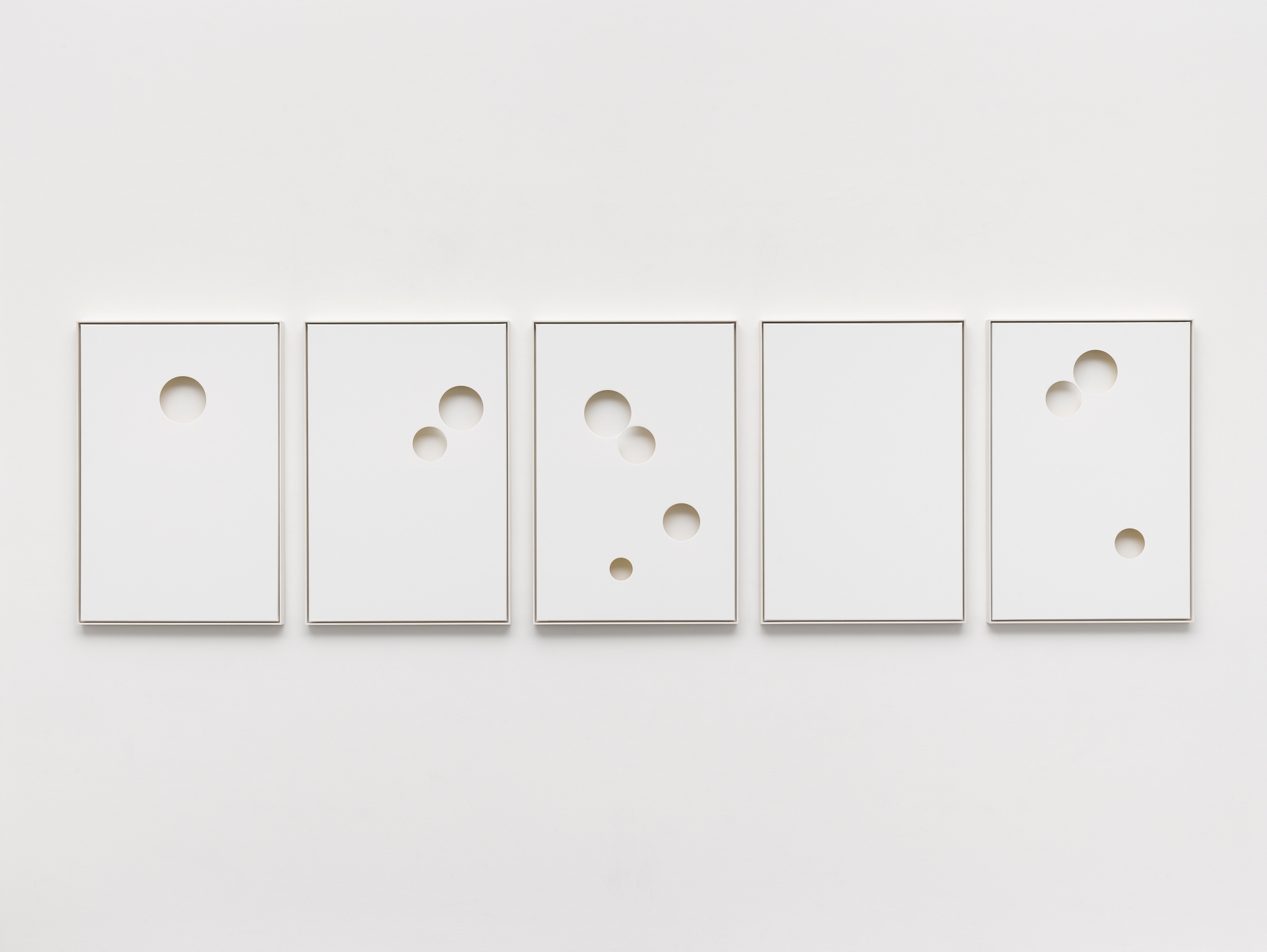
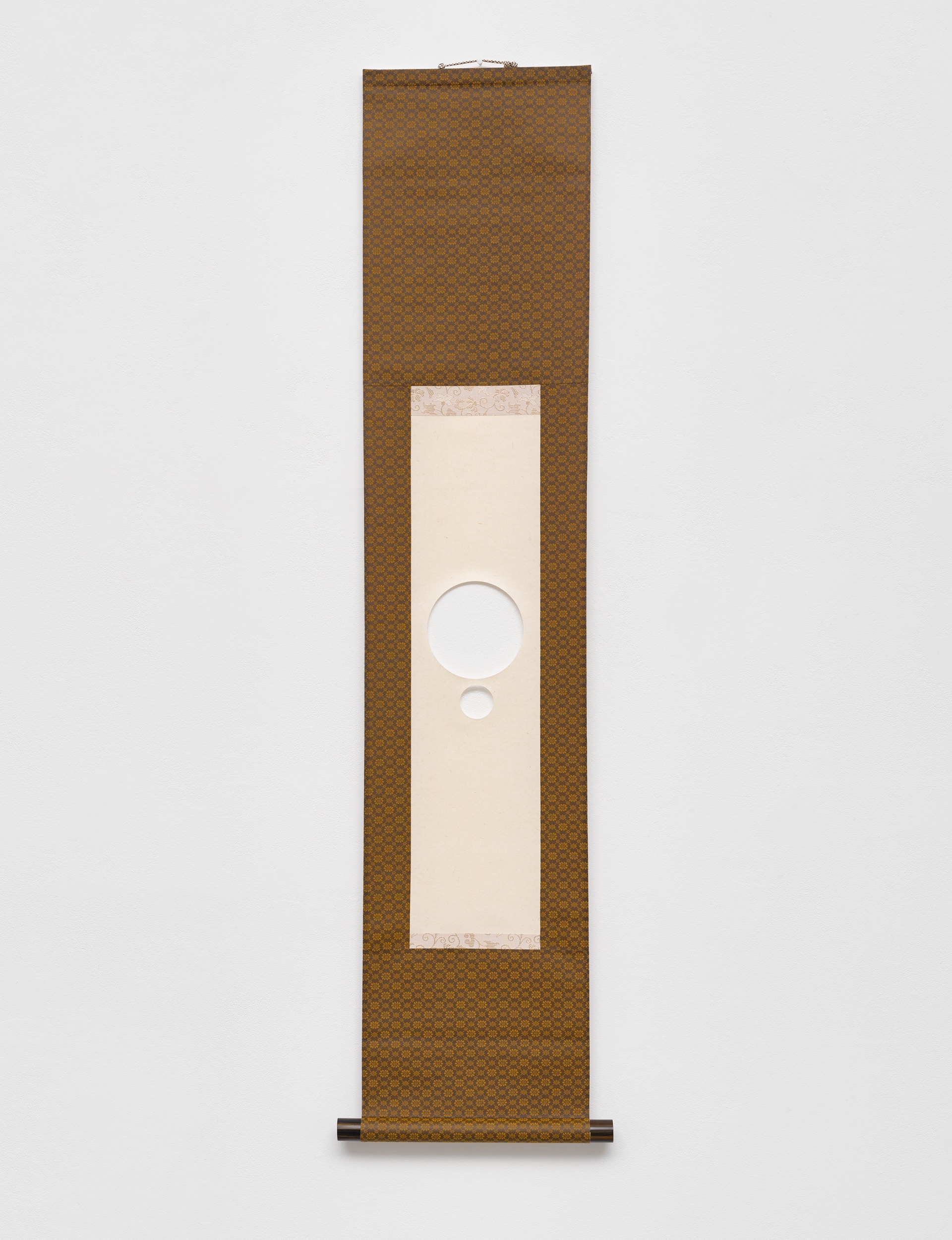
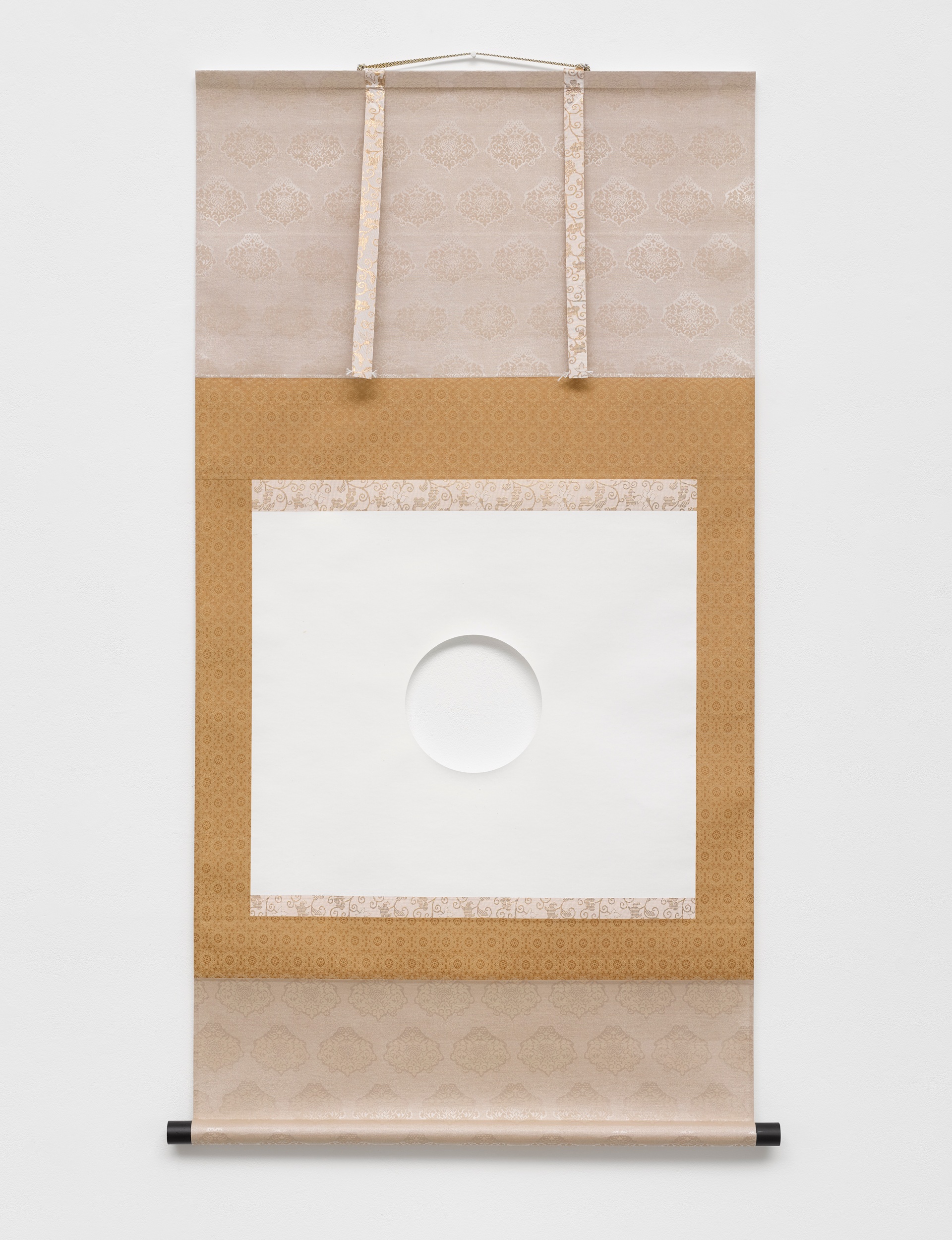
Evans’s interest in the ‘Black Paintings’ lies not in their formal aspects, however progressive, but in the discourse around them and what they might represent. Hailed as a milestone in the history of the ‘death of painting’, Stella’s pictorial denial is here referenced as a moment of liberating negation, a ‘voiding’ of narrative that allows for a new conceptual space to emerge.
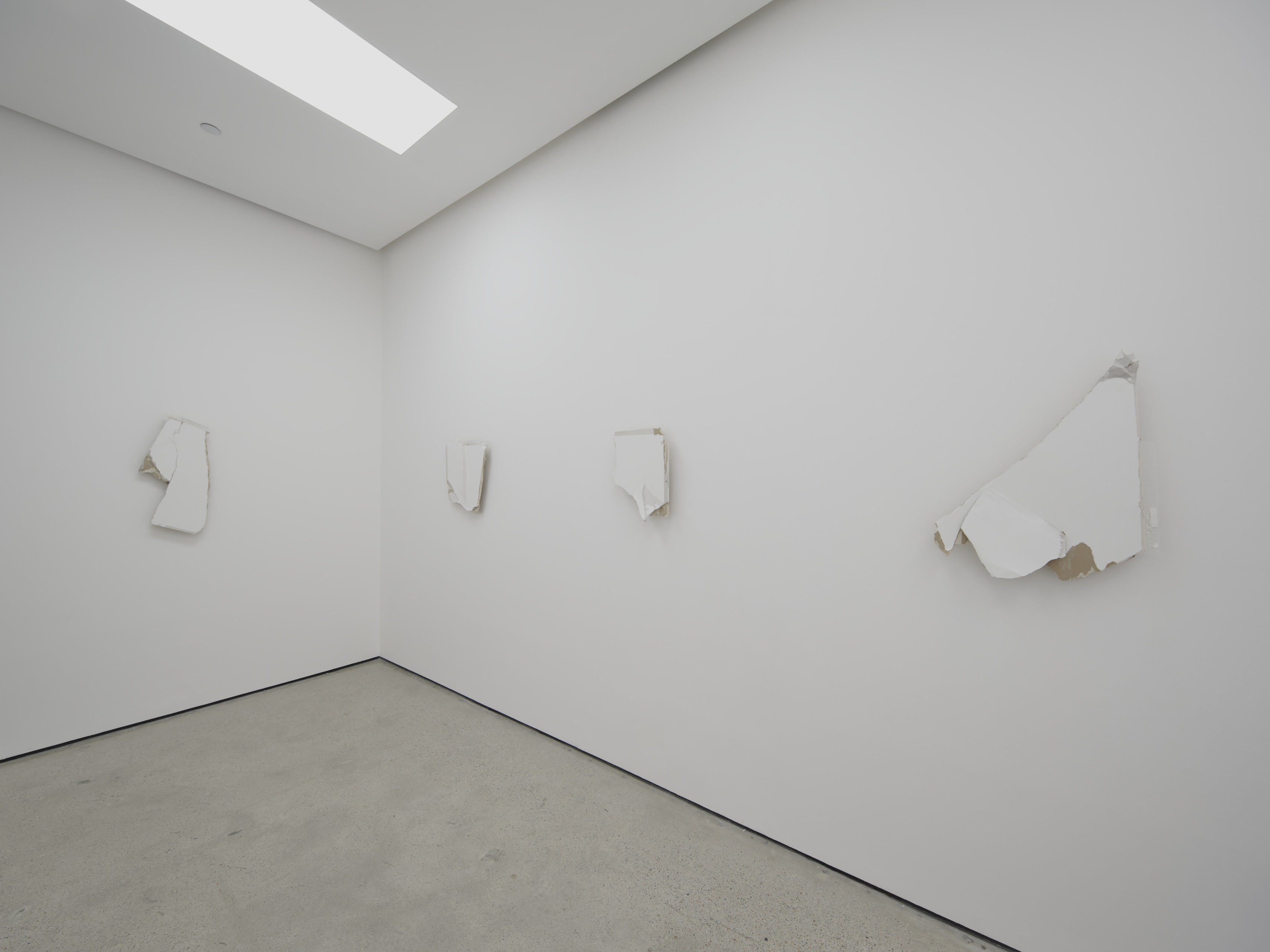
Hung between the neons are three suspended, transparent glass panels which act as directional speakers for a self-generating and audibly shifting soundtrack, and result in a confluence of physical experience within the gallery space. Refracting the neons nearby, a patterned, moiré effect of light and shadow is created, the whole ensemble contributing to the unfolding, polyphonic scenario. The disruption of spatial coordinates, and the sense of forces beyond the visible at work, is furthered by a new version of the artist’s ongoing ‘Still Life (In course of arrangement...)’ sculptures, in which an ornamental pine tree stands on an almost imperceptibly rotating turntable.
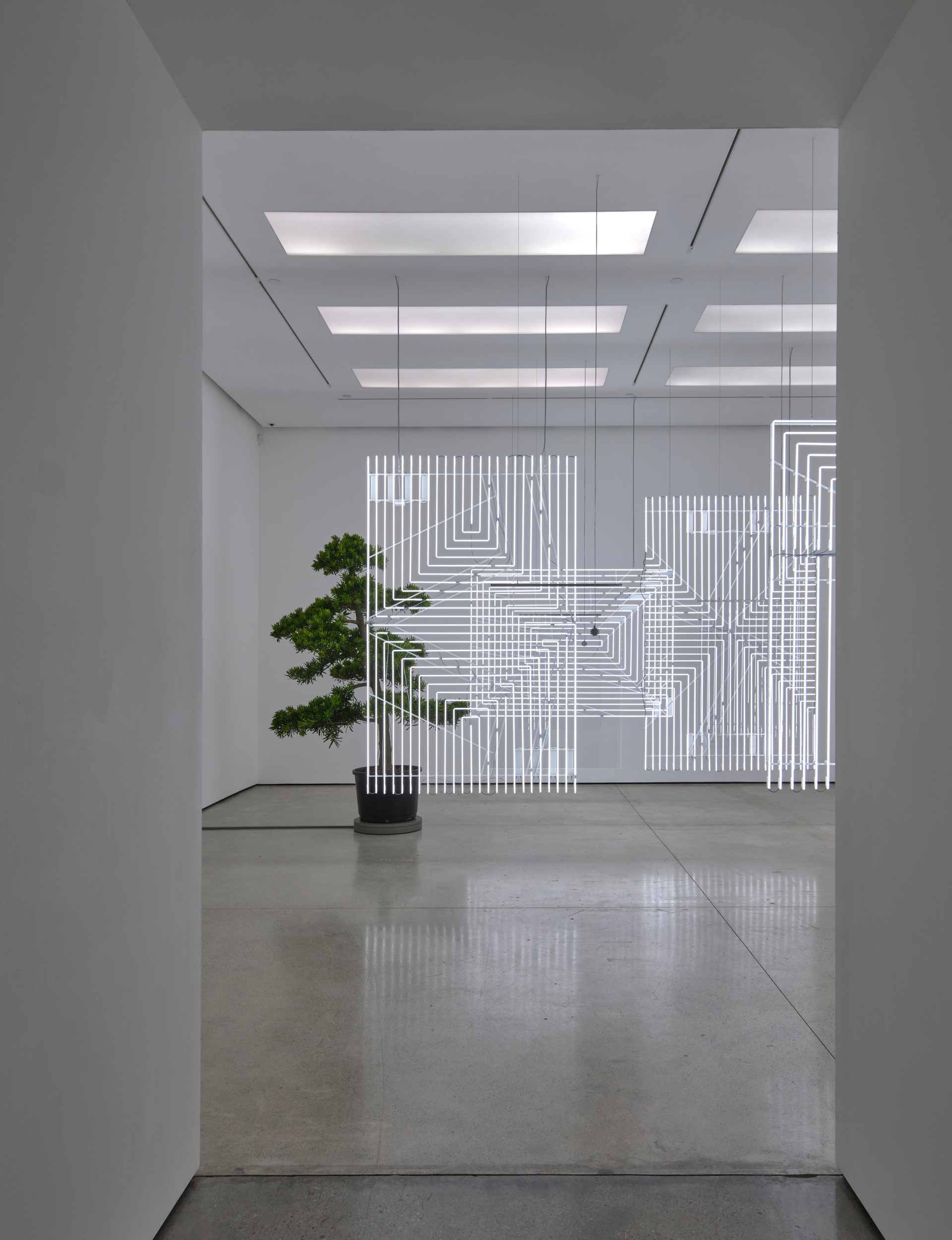
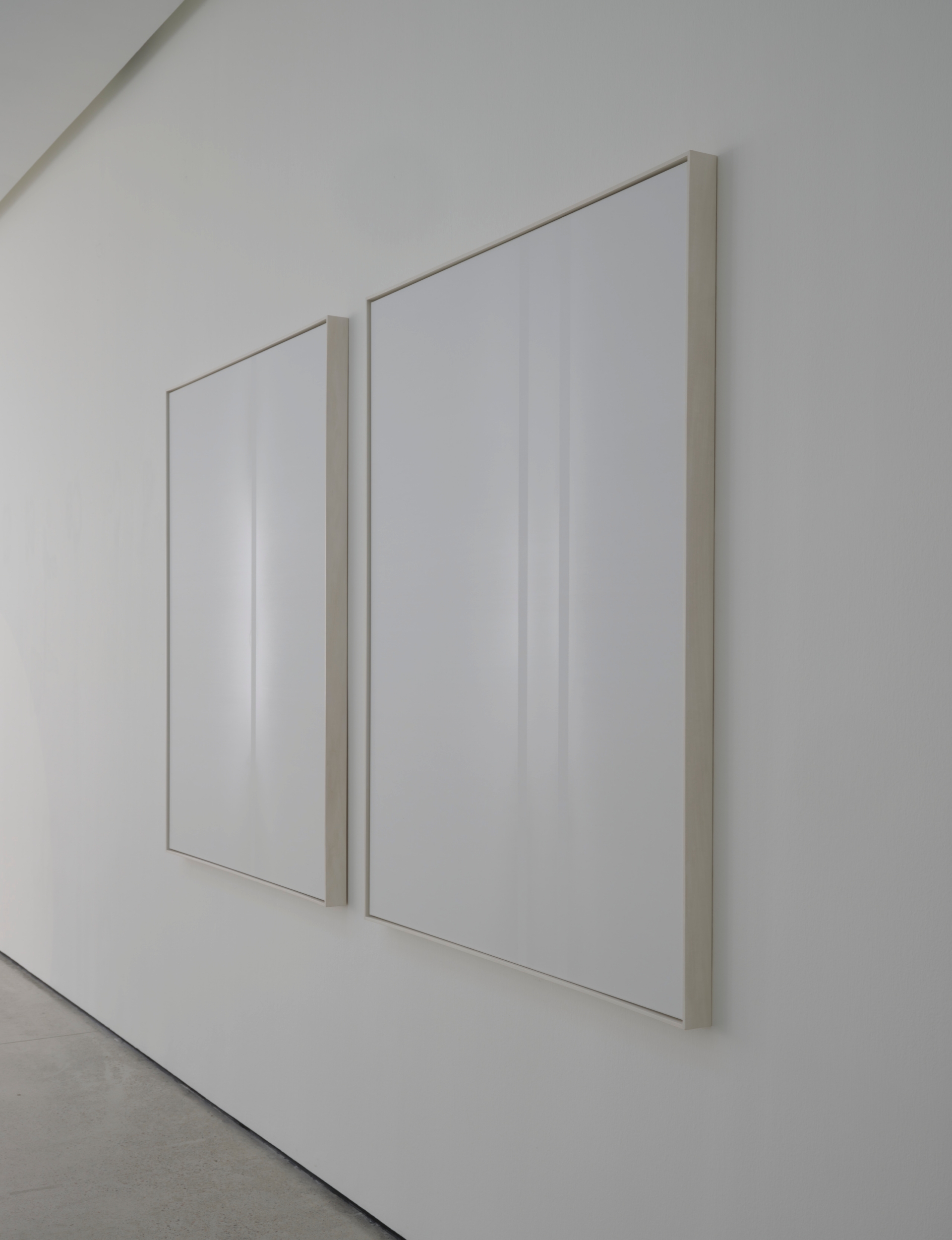
The exhibition draws on another key moment within Modernism’s evolution: that of Lucio Fontana’s ‘Concetto spaziale’ aesthetic (1947–68). Using Fontana’s belief in a fourth dimension within art, and his disassembly of Euclidean geometry as a springboard for the themes of the exhibition, several works on the first floor expose the parameters of perception and how these are constructed through rational perspective.
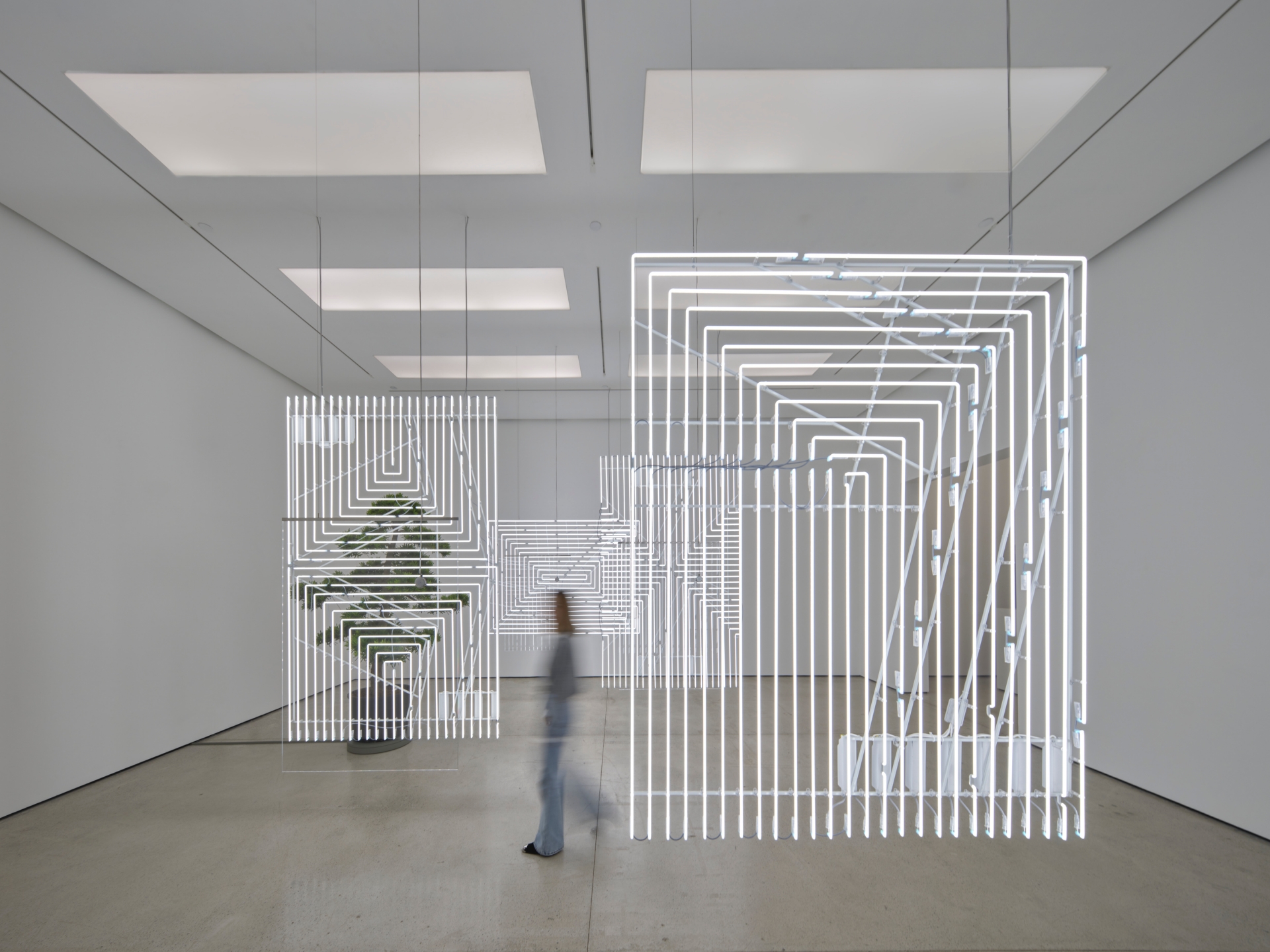
A series of sculptural panels recreate sections of a ceiling, featuring light tracks and spotlights, but hung on the wall as if paintings. Based on a photograph that the artist took of the ceiling in White Cube Bermondsey, London, during his last exhibition with the gallery, the panels reconfigure a moment from the past into a new medium and format, creating in the process, an off-kilter experience whereby our coordinates of looking become complex and are disorientated. The white panels are visually echoed in two large-scale white monochrome paintings from the artist’s ‘Indeterminate Paintings’ series, which play with the idea of sheer surface. Featuring lines of clear varnish poured down pre-primed white canvases, their composition results from the reflection of light alone – a painterly strategy of total image negation.
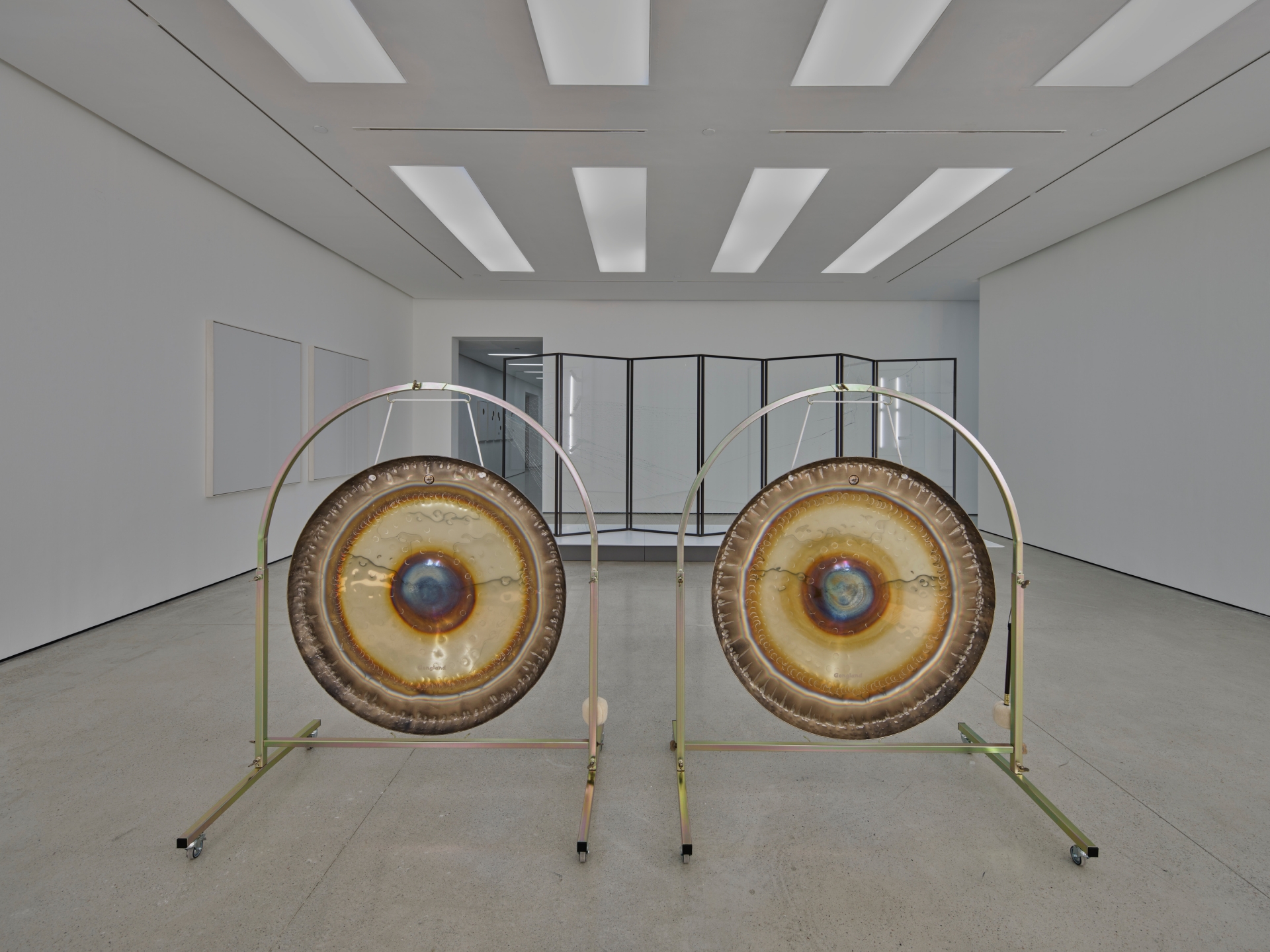
Also harnessing the result of controlled chance or accidents, the large-scale sculpture Folds in shade (also light and shade) 7 leaves (2020), a multi-sectioned, byobu (Japanese folding screen), features bronze framed panels of glass with a delicate tracery of fine cracks, like a continuous calligraphic landscape that runs across each of its seven parts. The intimation of its form – as if it might have been cracked by a particularly high-pitched sound – characterises another sculpture on view; two large gongs are played at regular intervals, layering the exhibition with oscillating, resonant sound. Creating a vibrating, near-hallucinatory optical and aural experience, Evans’s exhibition questions the authority of perception in order to suggest alternate paths of understanding, beyond the boundaries of communication, rationality and vision.





